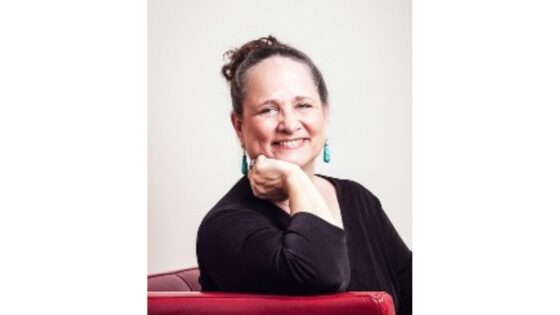by Aiza Leano
 ADVANTAGES AND LIMITATIONS OF LIVING TO 100
ADVANTAGES AND LIMITATIONS OF LIVING TO 100
According to a recent Wall Street Journal article, the number of centenarians in the US now approaches 82,000, up from 50,000 in 2002. And according to US Census figures, the 100+ group is the second largest growing age group, just behind those who are 85 and over.
Two sisters, one 92 and the other 108, both live in Pennsylvania in a personal care residence and take care of one another. The older sister bought her first iPad when she turned 100, and is now on her third upgrade, using it to email and Facetime with grandchildren and great grandchildren, as well as friends. The younger sister prefers to make phone calls. They meet each other for breakfast daily, after one attends daily mass. They both attend exercise classes four times a week, have their hair done regularly, and take care and do their planning nightly for their daily outfits, make up and jewelry. The older sibling was widowed at age 51 and spent increasing time at her sister’s over the years. There were other siblings, and all but these two passed away in their 90’s. The only downside the 108-year old reports is having to rely on a wheelchair after she fractured her spine four years ago. She reportedly eats well and stays mentally sharp and alert, often winning at her favorite but complicated card game, Hand and Foot.
The notion of living to 100 may not always be so appealing. If quality of life is poor or there are many chronic and painful medical conditions that an individual is enduring, we may not want to take extra steps to prolong life. In fact, an old friend recently reminded me that of course, we all have to die and there is nothing morbid about talking about it. Former President of the Hemlock Society and right-to-die advocate, Dr. Faye Girsh also added that for some impaired and heavily compromised individuals, if we don’t want to live under very difficult circumstances, we can and have a right to make our wishes known.
To be sure, living to 100 is not always desirable or possible. But, as evidence mounts, we are as a society living longer, and there are close to 100,000 centenarians in the US and nearly a half million around the world. And, sometimes people are living longer under relatively ideal conditions as are the two sisters in Pennsylvania, sometimes under less than ideal conditions, and then the majority of older adults who are everywhere in between these two ends of the continuum. But, regardless of where we fall on the continuum, we all must recognize that the road ahead is not smoothly paved – it’s filled with potholes and detours. We hold onto what Steven Gundry, MD, calls in the Longevity Paradox, a pessimistic optimism, shrugging our shoulders at the inevitable bad things that happen and celebrating the positives.
The members of the Living to 100 Club have the same mindset – take control of our future, regardless of our health status, and commit to moving forward no matter how many bumps we encounter along the way. Like we say, living to 100 is but a metaphor for pushing ahead.




